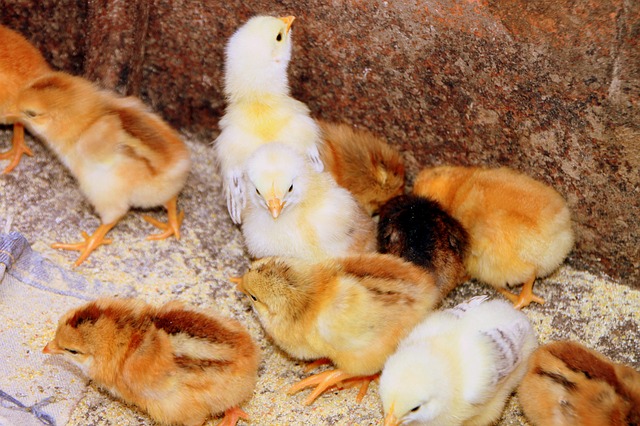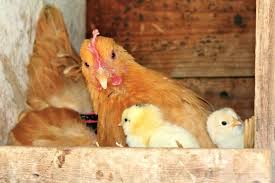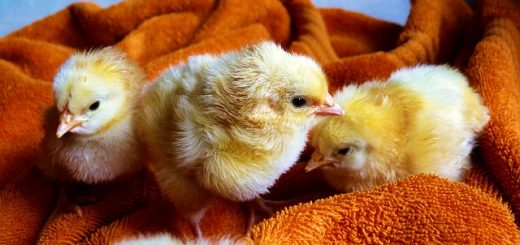Make Your Own Organic Chicken Feed

Most chicken keepers want to feed their hens non-GMO, organic chicken feed. After all, you’ll be eating their eggs and possibly their meat. Commercial organic chicken feed is a great option, but one that can easily break the bank. You can make your own chicken feed as a cost-effective way to give your hens a high-quality diet for nutritious eggs.

One important equipment that every chicken keeper should have – Chicken Feeder and or Drinker
Homemade Organic Chicken Feed
The key to mixing a cheap homemade chicken feed yourself is purchasing organic ingredients in bulk. There are many ingredients, including corn, oats, wheat, sunflower seeds, peas, quinoa, flax seeds, sesame seeds, kelp, lentils, wheat bran, mealworms and even peanuts. Your personal organic chicken feed recipe will depend on what is available in your area at a decent price.
No matter what mix of ingredients you choose, there are a couple of ways to get even more bang for your buck with organic chicken feed:
Sprouted Organic Chicken Feed
Any of the grains you feed and many types of peas can be sprouted. Sprouting unlocks nutrients, makes the seed more digestible and adds volume and weight to the feed so that you use less of it during each feeding.
How to Sprout Grains in 3 Easy Steps:
- Soak – Soak the grains for 12-24 hours to speed the sprouting process
- Keep Moist and Dark – Drain the grains, and keep them evenly moist for 3-7 days, depending on the grain. Wheat sprouts well within 3 days, while corn can take 7-8 days.
- Feed Sprouts – You can feed grains that have just begun to sprout, or let them grow into a sheet of short grass. Just be careful that no mold appears. Feed whole chunks to your flock and watch them go nuts!

Image courtesy of wovenmeadows.com
Fermented Organic Chicken Feed
Fermented foods for humans have been getting a lot of hype lately. All the health benefits of fermented foods apply to chickens too. You can ferment any grain, fruit or vegetable that you would normally feed to your hens. Just place your homemade organic chicken feed into a seal-able container and cover with water. You want at least 2 inches of water above the feed. Put the lid on and let it sit for 2-3 days. You’ll notice bubbles rising as it begins to ferment.
When it is time to feed just scoop out a few cups and replace what you took out for a continuous supply of fermented organic chicken feed. Fermenting unlocks nutrients, much like sprouting, and adds healthy bacteria to the chicken’s gut. Many people find that their feed costs go down as much as 50% when they start feeding fermented organic chicken feed.
Non-GMO Chicken Feed Brands
Mixing homemade feed is not for everyone. It can be time-consuming and sometimes the ingredients are not easy to source. There is nothing wrong with commercial organic chicken feed, expect the price! Here are a few brands of non-GMO chicken feed that will keep your hens healthy and producing nutritious eggs.
- Organic Naturally Free Layer Chicken Feed – Non-GMO, no corn or soy, made with certified organic whole grains.
- H and H Layer Ration – Soy Free, Non-GMO, 19% Protein.
- Highland Naturals Non-GMO Layer Ration
Extended Reading
Guide to Backyard Chickens and How to Raise Chickens
Follow this great non-GMO, organic chicken feed recipe from Primitive Mommy.






